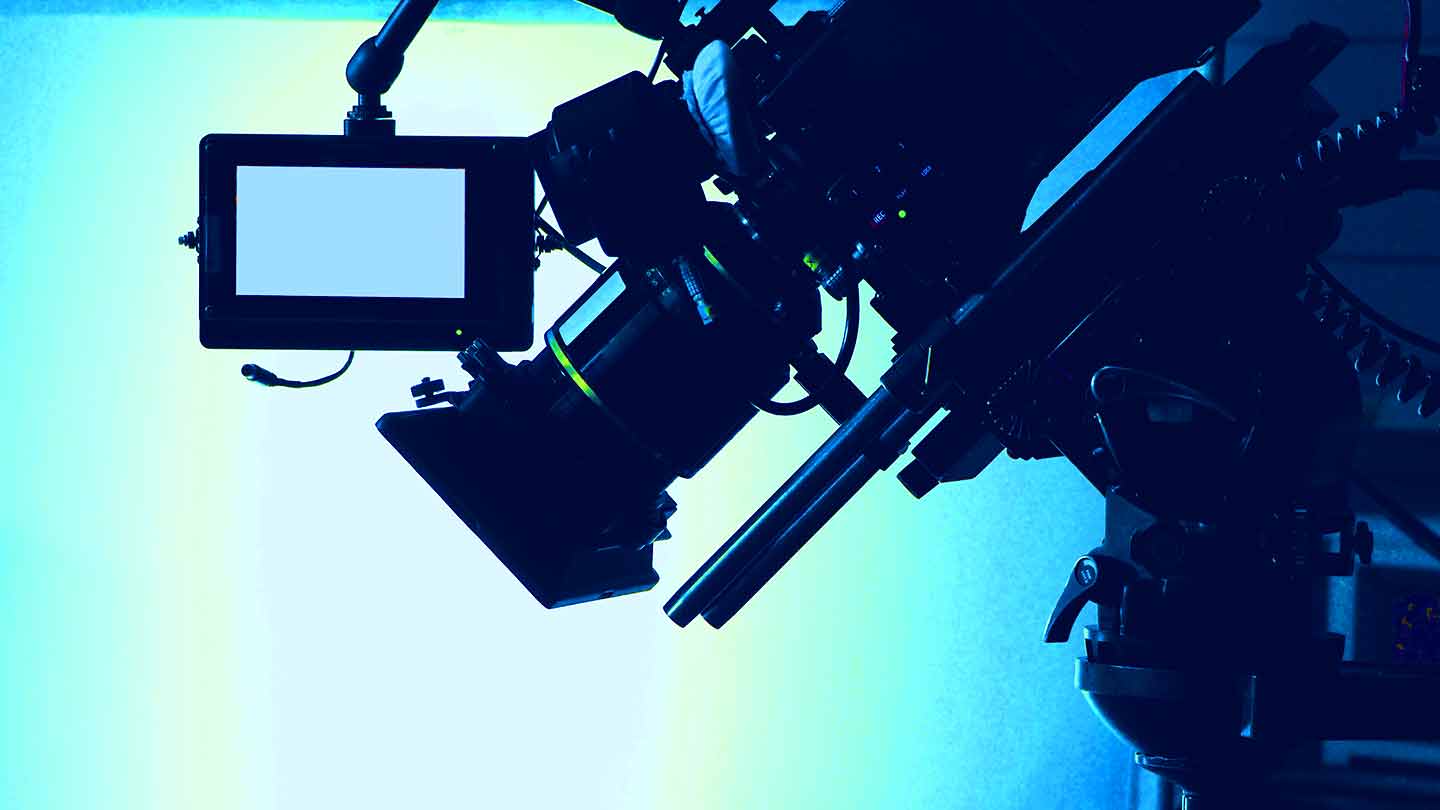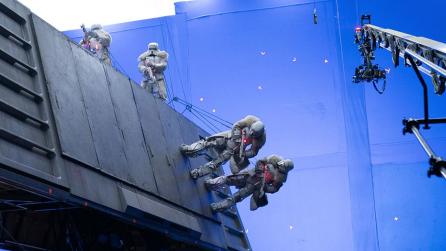This is why VFX studios can't afford to ignore 8K
CES brought 8K to the world’s attention in January, as some of the biggest players on both the capture and display fronts showcased what they had up their sleeves.
The reception was mixed, and the general consensus within the industry has now become common knowledge: it’ll be a while before 8K TVs become a mass-market proposition.
Yet the prospect of 8K has maintained its allure. Even the more sceptical observers at CES had to concede as much, and that it cannot be dismissed as just another fad. And, although it may be some time before we all have 8K sets in our homes, it’s a far closer reality for those working in production and post - and there’s much to be done in the present.
This is in large part because higher resolution capture at 8K is already making an entry on the production side, and if studios haven’t been receiving 8K plates yet, they’ll need to be ready to work with these within the next year. Cameras capable of capturing 8K have been around for a number of years already, and their adoption in production is on the rise.
In fact, there are tantalizing hints that the 8K breakthrough might come even sooner than we think: following the launch of the world's first 8K broadcast capabilities in Japan in December 2018, hardware and software companies are stepping up to the challenge of producing content that could be broadcast at 8K. One example is the recent launch of the Mistika Ultima bundle from SGO, incorporating software, hardware and storage geared toward finishing at 8K.

Size matters
An 8K image is four times larger than a 4K image, with more than 33 million pixels in one frame. While having four times the pixel data expands the creative choices that can be made in editorial and post, it introduces significant challenges for pipelines and post production software.
It’s similar to the situation to what we’ve already seen with the introduction of HD and the subsequent transitions into Ultra HD, and then 4K. Productions worked at higher resolution than delivery format because working with 2K to 6K plates enables greater levels of control in post. Working with the highest resolution images possible allows editors more options to crop and reframe shots. The additional data also assists with tasks including object and rig removal, clean-up and roto.
For many pipelines that have only just made the move to working with 4K, now that 4K is becoming the standard for streaming services such as Netflix, the rise of 8K brings fresh challenges. Unlike 4K capture, which initially emerged in large, high end film and broadcast projects, 8K is appearing at all tiers of the market at once. Whether in advertising, VR or episodic content, there are few examples of best practices for building pipelines that can manage these files.
Managing these files will require further optimization of compression types, network and local storage, and hard-drive updates - among other significant investments.
We are seeing a resurgence in workflows where files are localized rather than read over a network - because even if you have a high bandwidth network, the files are simply too big to be read efficiently. Providers of Network Attached Storage (NAS) solutions such as OpenDrives, which streamline high-resolution video workflows, could end up big winners here.

Caching, playback and processing
To complicate matters further, the added expense brought by the need to work with these files is not yet aligned with the prices at which studios deliver their work. One area for studios to explore is cloud technology - while adoption of cloud has been slow, the need to dramatically expand storage and easily transfer files is leading many down this avenue.
For creative software providers, 8K files introduce new challenges in caching, playback and processing. Alongside the rise of 8K, many editorial packages have introduced new proxy workflows and presets for working with 8K. Software is also being optimized to efficiently use multiple CPU cores, GPUs and storage to handle the higher data processing requirements.
In addition to the sheer amount of pixel data, cameras also capture large volumes of additional data on color, lens information and location - often in bespoke formats - which require thoughtful transcoding for use in other packages. This, compounded by how fast camera technology is advancing with new cameras, sensors and lenses being used in production before they are publicly released, introduces more challenges for software developers who need to keep up.
Super high resolution alongside high frame rate capture also introduces new opportunities for technology. Research in deep learning and the development of resampling algorithms are underway to resize footage while preserving quality. The additional data available in 8K high frame rate files could also lead to the development of new algorithms for post production tasks like clean up and roto that wouldn’t be possible on lower resolution files.
The issues surrounding 8K are not dissimilar to those the industry has faced before. But they are taking place at a different scale - which means a faster and even more efficient approach will be needed to tackle them.


